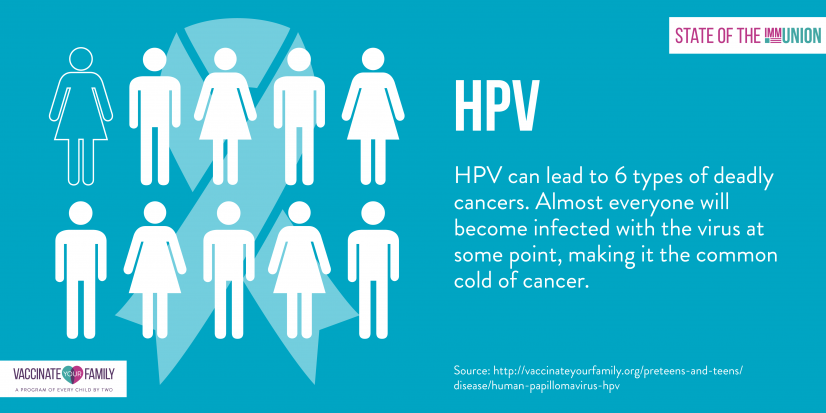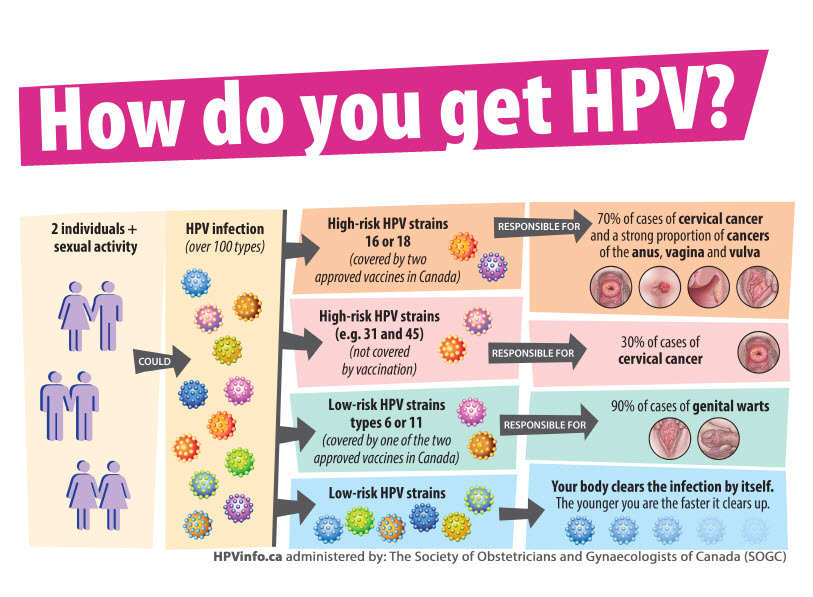In high school we learnt about sex. We learnt about about how cocks and vaginas work in a heteronormative sense. How they’re supposed to go together to have sex and how they make babies. Some schools if you’re lucky, will teach you how to put on a condom with a banana. But let me blow your mind, did they address that question why do condoms break?
Why Do Condoms Break?
Firstly, if you’re embarrassed to buy condoms you shouldn’t be having sex.
The amount of people that come into Adultsmart and tell me they have not been taught about contraception methods and safe sex is astounding. Although times are changing, not every circle of friends is willing to talk about their cocks to one another. We are all adults here but for safety sake, I’m going to go over correct condom usage and reasons why condoms may break.
How to Put a Condom On
Here are 5 steps you need to know to put on a condom.
- Open condom packet carefully.
- Pinch the reservoir at the end to release any are within the condom. The reservoir is the tip of the condom. You do not want air inside your condom.
- Place the condom on top of the tip of your penis.
- Roll the condom down over an erect cock.
- If you are uncircumcised, before you place the condom on you may want to put just one small drop of lubricant over your head to protect from chafing. Do not use more than one small drop of lubricant.

Reasons Why a Condom May Break
1. Incorrect condom size has been chosen
Every cock is different. Trust me, take my word on it and don’t ask why! Some are bent, tapered, fat, thin, stumpy, long, cut and uncut. The list goes on. With this in mind, there is no way with the correct usage of a condom that it should break. Although latex stretches, using an incorrect condom size can be pushed beyond it’s limits.
Eventually, the additional friction of sex will cause it to break. This is also true for those who have a large penis head which is also known as a mushroom cock. You’ll need a special condom with a flared head to provide supports but it can also be used with cut cocks to provide extra support and sensation.
Measure your penis before you plan on buying a condom and compare it the the condom maker’s website. The size and shape of your cock always affects the condom you will need to use. There’s not a one size fits all condom. If you put on a condom and it’s loose, you’ll need a tighter condom. If you find that the condom is to snug, grab the next size up.
2. Not enough lubrication used during sex
Condoms come with a small amount of lubricant. Yes most people self lubricate to a certain extent but if the conditions aren’t right, there could potentially be a dry spot on the wall which will kill the condom. Place lubricant on the outside of the condom, especially if you are having anal sex.
3. Condom has not been stored correctly
Store them safely, and correctly. It’s not exactly rocket science. No heat, no friction, no constant movement and no going through the wash with jeans. The best place to store it, at home is in a drawer.
Keeping one in your wallet, or back pocket for that ‘just in case moment’ is not healthy at all for your condom. Take one with you when you go out, and if you make it back home then put it safely back in the drawer – don’t keep it in your wallet for ages.
Also, don’t store them in the glove box either. Persistent changes in temperature can also weaken the condom making it more prone to break during use. The persistent friction against the packaging can weaken the rubber. Check out this guide for condoms for all care and storage.
4. Condom has Expired
You will need to check the expiration date of the condom. An expiration date can be found on the condom box as well as on the condom sachets.
What are My Condom Recommendations?
I particularly like the Sax condoms that I get from Adultsmart due to their diverse range of sizes from 64mm to 46 mm. Four Seasons condoms come in 60mm (large), 54mm (standard) and 49 mm (tighter fit).
SAX condoms will fit big dicks – if they still require a larger condom than it’s custom made ones for them. The Sax company understand that not all cocks are equal and have an incredible 6 different sized condoms all for an even better price point (most other brands have 3-4).
Who says you can’t find the perfect fit?! Some people come up with excuses to not use a condom, but don’t do! You should always practice safe sex!

80% Of The Population Has HPV Infections
I want to discuss with you safe sex and the importance of using condoms. We all know that using condoms helps prevent the spread of STD’s and protects against unwanted pregnancy, well most of the time anyway.
And whilst most people are aware that there is no cure for HIV and Genital herpes they are aware that with the right medication and making some lifestyle changes, people that are diagnosed today with these two particular STD’s can generally go on to live relatively normal lives.
Armed with this information people still choose to practice unsafe sex.
Today I am going to talk about HPV (Human papillomavirus).
HPV is a highly contagious STD for both males and females and when left untreated can cause certain types of cancer. HPV is spread by direct skin to skin contact during all types of sexual activity with someone that has the virus.
It is estimated that up to 80% of the general population today will contract or be infected with at least one type of genital HPV in their lifetime. In saying that however, most HPV infections are asymptomatic (showing little or no signs of the disease ).
In most cases HPV infections clear up within 12 to 24 months. In 3 to 10% of HPV infections however, the virus persists. This then puts these people at risk of developing a HPV associated cancer. Some of these cancers include the much publicized cervical cancer, some cancers of the vulva, vagina and the anus. HPV also puts people at risk of developing genital warts.
There are over 100 types of HPV.
Certain types of HPV cause the common warts on the hands and feet. In saying that however, most types of HPV are harmless and show no symptoms at all and simply clear up on their own without you even knowing that you were infected.
There are around 40 types of genital HPV as they directly affect the genital area.

How Do You Get HPV?
It is estimated that that many people get their first HPV infection with in the first few years of becoming sexually active. It is also possible to contract the virus without actually having intercourse.
Any type of sexual activity involving genital contact can spread this virus. As most types of HPV infections do not show any signs or symptoms, most infected people don’t even know they have it. Then unknowingly pass it on to others.
Most of the time with women, a diagnosis will come as a result of an abnormal result from a pap smear.
In Australia we have a national register that will send you a letter whenever you are due for your next pap smear. In most cases that is every 2 years. If a abnormal result is found, it is treated then your pap smears are much more regular. I think every 3 to six months for the first couple of years.
It is much more difficult to diagnose HPV in men.
As there are generally no signs and symptoms a doctor needs to visually check the genital area to see if warts are present. Some doctors have been known to apply a vinegar solution to a mans genital area to help identify warts that are not raised or visible. But this test is not foolproof or proven.
Unfortunately to date there is no routine test or screening for men to check for high risk HPV strains.
Some doctors are urging anal pap tests for gay and bisexual men and women who actively participate in anal sex. As they are all considered to be at a higher risk of developing anal cancer that is directly associated to HPV. An anal pap test is where the doctor does a scraping inside the anus to collect some anal cells and have them checked in a lab for any abnormalities.
Anal Pap Test Should become Regular
I personally believe that in today’s society, where anal sex has become a much more common practice the anal pap test should become a regular test for those who wish to have it. Just like the vaginal pap test is available to women. Unfortunately anal cancers associated with HPV or not do not have many symptoms in the early stages of the disease so t is difficult to diagnose.
Some of the more common symptoms that people tend to see as the cancer progresses are.
- Bleeding from the anus.
- Discomfort, pain and straining during bowel movements.
- Change in bowel habits.
- Discharge from the anus.
- Swollen lymph nodes in the anus and groin area.
Lets hope they introduce a screening test soon for this area. I have also heard that HPV has also been associated with some throat cancers. But I will follow up on that and find out a little bit more.

Meet Rick, Adultsmart’s owner with 35+ years in the adult industry. A sex blogger, advocate for gender and sexuality equality, offering a diverse product range.








Leave a Reply